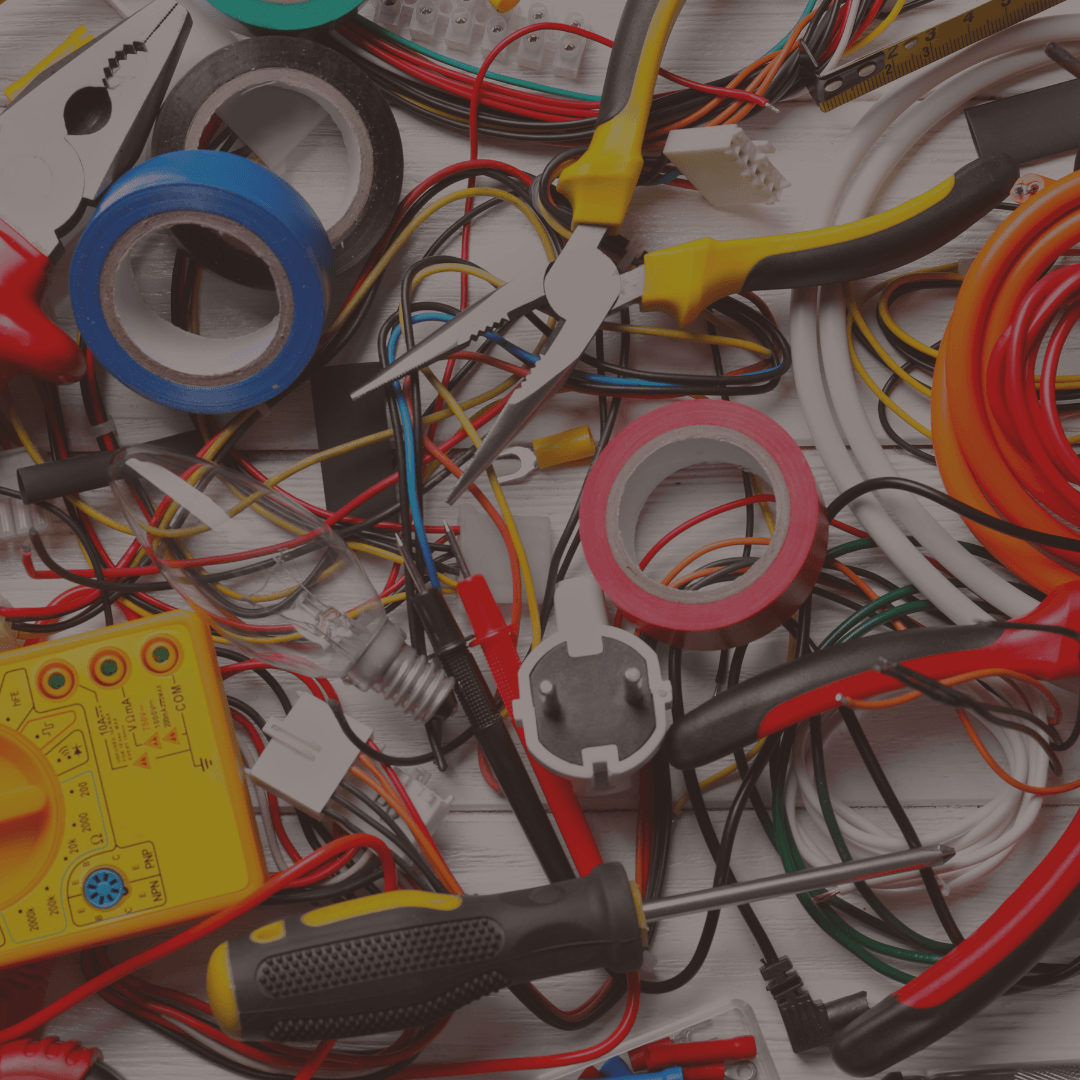
Wire Connectors vs. Ring Eyelets: What's the Difference and Which One Do You Need?
In the expansive universe of electrical components, it’s understandable for many to be confused about ring eyelets and wire connectors. Both are two of the most important electrical tools available, and the fact that they do relatively similar work means that a lot of people tend to lose track of their differences from time to time.
For many people, ring eyelets and wire connectors have become so similar that they can almost work interchangeably. However, while this can be true - especially in instances such as cable management and wire organization - it is important to note that they are not necessarily the same thing at the end of the day. Knowing the difference between both components will help you to come to a better understanding of how they work, as well as which one will be more ideal in a specific situation.
This article will help you come to a better understanding of these components as well as what you need to know about them.
Ring Eyelets: Understanding Them
In a nutshell, a terminal - or an eyelet - is an electrical component. It acts as an endpoint - a reusable one, which connects to a conductor. With a terminal, you will be able to connect circuits. And, in some cases, a terminal could even act in the manner of a connector.
Some people also call terminals “terminal blocks.” They are made of metal and are sealed in a casing made of plastic. Terminals have holes at both ends, which hold wires that are inserted smoothly inside them. However, as explained earlier, the primary use of terminals is to connect wiring components - especially in printed circuit boards (PCBs) and power terminals.
Eyelet types are highly extensive However, the ring eyelet is one of the most prominent options available. When it comes to ring eyelet installation, the eyelet is inserted into holes and used to ensure optimal connections for different materials. Ring eyelets have become popular for their versatility. They work in DIY projects, professional electrical repairs, and several industrial applications. However, regardless of the application, the function remains the same - strengthening connections to ensure optimal bonds and durability.
What Are Wire Connectors?
As its name suggests, a connector is a component that connects two active devices to transmit signals or an electrical current. Connectors usually come with two parts - the connector itself, as well as the plug-in.
Wire connectors are used to connect one wire end to another. This is their specialty, and they work to ensure that you can easily connect and disconnect wires without having to deal with overly complex tools.
Wire connectors come in different types. And this versatility also means that you need to be more careful when choosing a connector for your wire splicing project.
What Differentiates Ring Eyelets & Wire Connectors?
When comparing a ring eyelet and a wire connector, you should know that both options have some practical differences. For instance, if you have two wires that you’d like to connect 0 or disconnect, as the case may be - then you will need to get an eyelet. With a ring eyelet, you can make quick connections and disconnections at any time. And, the fact that you don’t need any soldering makes these eyelets an even more attractive option.
On the flip side, wire connectors are different in the fact that they are more varied. The fact that there are so many wire connectors means that they can work for an even broader range of functionalities. These different connector types come with their specific properties, depending on the circumstances and conditions in which you will need them. Some of these differences include:
- Locked connectors: They are held in place with a mechanism that promises a secure connection and prevents accidental movement.
- Keyed connectors: They help to connect only when they are placed in the right orientation. They prevent damage from insertion, especially in the wrong socket
- Water-resistant connectors: As the name suggests, these connectors ensure protection against water damage - splashes, dampness, rainfall, etc.
- Hermetically-sealed connectors: These connectors ensure proper protection when inserted or submerged in water.
- ESD shielded connectors: To protect from electrostatic discharge, ESD shielded connectors are your best bet.
- RFI or EMI filtering connectors: They provide safety from electromagnetic interference - or radio frequency interference, as the case may be.
- Moisture or oil-resistant connectors: They protect your connection from moisture and oils of any kind.
How Do These Differences Matter?
When it comes to electrical application, choosing the right component for your project is one of the most critical steps. For many people, ring eyelets can actually be considered to be a type of wire connector. However, at the end of the day, knowing what you’d like to use the components for is what differentiates both.
